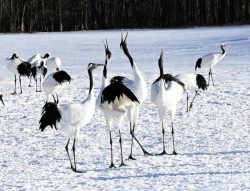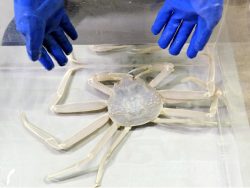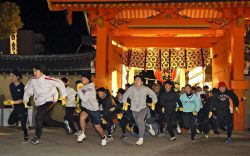Hikers Disregarding Etiquette Harm Flora, Fauna in National Park; Environment Ministry Calls for Rules to be Followed
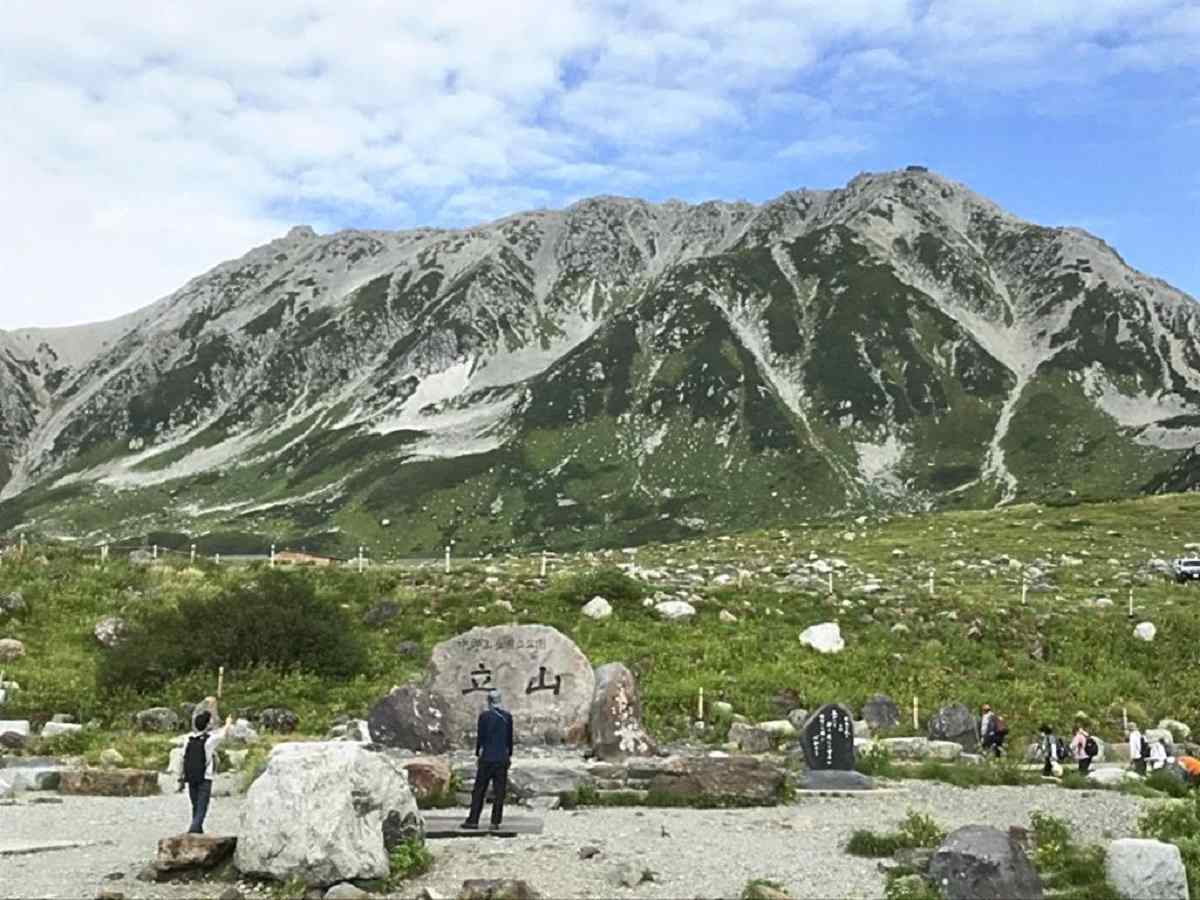
The Murodo area where many climbers and tourists visit.
14:54 JST, September 21, 2024
TOYAMA — Hikers disregarding trail etiquette abound in and around Murodo, the central hub of the Tateyama Kurobe Alpine Route in Tateyama-machi, Toyama Prefecture.
Nationally precious flora and fauna inhabit Chubusangaku National Park, which includes Murodo. The conservation of these cannot be realized by strict rules and regulations alone, but relies on hikers being conscious of the etiquette, according to officials concerned with the national park’s conservation.
Law protects flora, fauna
“A father and his son carrying an insect net caught a bee and put it in a sack, and then put the sack into a bag,” was written in a “Alpine-Flora Preservation Patrol” report conducted by the Toyama District Forest Office.
The Environment Ministry has called on hikers not to pick flowers, plants, or capture insects and other animals in national parks.
When a forest patrol member approached the pair, the father replied that the collection was for the “education of children.” Although he released the bee on the spot, the two began catching insects again a short time later.
The patrol guided the parent and child to a nearby “Tateyama Nature Conservation Center” and persuaded them to stop catching insects.
The Natural Parks Law divides national parks into three categories: (1) a special protection zone, (2) a special area, and (3) an ordinary area.
In a special protection zone, collecting any kind of plant or animal is prohibited. In a special area, designated fauna and flora must not be collected. The area near the Murodo Terminal, a station for cable cars and cableways, is within a special protection zone.
Kenta Nakamori, a national park ranger at the Tateyama Rangers’ Office, emphasizes the point of law, saying “The basic premise is that ‘any area [within the national park] is not a place for people to catch insects for their own interest.’”
New problems
The whole Northern Alps area, with many peaks, including those of the Tateyama Mountain Range, standing around 3,000 meters high, not only offers majestic views but also is home to rare animals such as the rock ptarmigan and alpine flora.
The area, which spreads over four prefectures including Toyama, was designated a national park in 1934.
The forest patrol started its activities in the Tateyama area in 1972, following the full opening of the Tateyama Kurobe Alpine Route in 1971. According to patrol records written in 1995, some hikers were seen eating lunch boxes and taking commemorative photos in an area where delicate alpine plants grew.
Yuka Nakahara, a forest development officer at the Toyama District Forest Office, said, “We have rarely seen such scenes lately, as we have continued to patrol the area and trekking etiquette has spread among hikers.”
In recent years, new problems have arisen. For instance, the use of climbing poles.
Normally, the part of the pole that hits the ground has rubber tips, but there have been cases of hikers and mountain climbers entering the area with poles without rubber tips. When the ground of the paths is poked repeatedly with such poles, the condition of the trail could deteriorate, leading to damaging vegetation.
A list of actions that hikers should refrain from in the national park can be found on the Environment Ministry’s website.
Nakahara said: “Please check the trail rules again before going to a national park. The fauna and flora living in high-altitude areas such as Murodo-daira are vulnerable to damage, so we want people to be always conscious of protecting them.”
Related Tags
"Features" POPULAR ARTICLE
-

Students Recreate 19th-Century Bento Boxes Made for Ino Tadataka’s Survey Team in Hot Spring Town on Nakasendo Road
-

Santa Claus Delivers Christmas Presents to Penguins at Aquarium in Japan’s Nagasaki Prefecture
-

Sumo Restaurant in Tokyo Teaches Foreign Visitors About the Ancient Sport, with Bouts Between Retired Rikishi
-

Autonomous Passenger Ship Connects Mainland with Remote Island in Seto Inland Sea; World’s 1st Commercially Operated Autonomous Vessel
-
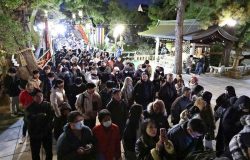
Osaka’s Sumiyoshi Taisha Shrine Bustles with New Year’s Visitors
JN ACCESS RANKING
-

As Chinese Tourists Shun Japan, Hotels and Stores Suffer
-

Osaka-Kansai Expo’s Economic Impact Estimated at ¥3.6 Trillion, Takes Actual Visitor Numbers into Account
-

Japan Govt Adopts Measures to Curb Mega Solar Power Plant Projects Amid Environmental Concerns
-

BOJ Gov. Ueda: Highly Likely Mechanism for Rising Wages, Prices Will Be Maintained
-

Economic Security Panels Debate Supply Chains, Rare Earths; Participants Emphasize Importance of Cooperation Among Allies




